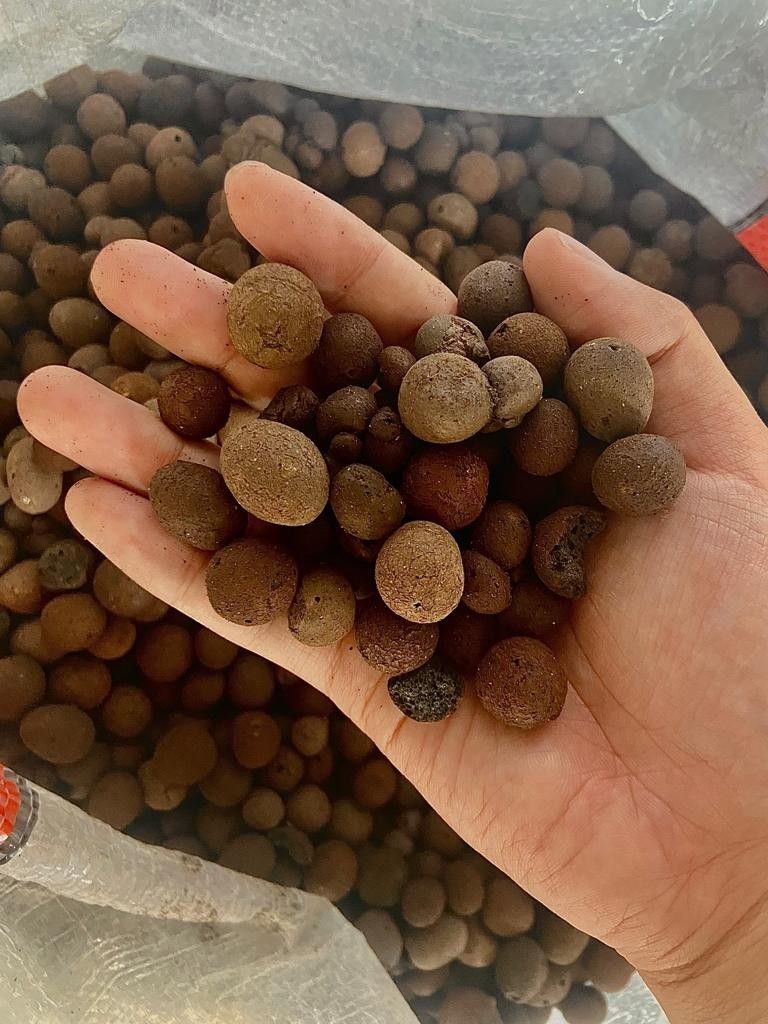1. Introduction to LECA
Have you ever wondered how to improve your plant’s root health while ensuring proper drainage and aeration? Enter LECA, or Lightweight Expanded Clay Aggregate. These small, round clay balls are baked at high temperatures, causing them to expand and become highly porous. Originally used in agriculture and horticulture, LECA has gained popularity among home gardeners and hydroponic enthusiasts for its many benefits.
2. Benefits of Using LECA
Drainage and Aeration: LECA is excellent for improving drainage and preventing root rot. The spaces between the clay pebbles allow excess water to drain away, while the porosity ensures that roots have access to oxygen, promoting healthy growth.
Reusable and Sustainable: One of the standout features of LECA is its reusability. After a thorough cleaning, LECA can be reused multiple times, making it a sustainable choice for eco-conscious gardeners.
pH Neutral: LECA is pH neutral, which means it doesn’t affect the pH balance of your growing medium. This is crucial for maintaining a stable environment for your plants.
Inert and Sterile: Being inert and sterile, LECA doesn’t harbor diseases or pests, providing a safe growing environment for your plants.
3. How to Use LECA
Preparation and Cleaning: Before using LECA, it’s essential to clean the pebbles thoroughly. Rinse them under running water to remove any dust or debris. Soak the LECA in water for 24 hours to ensure they are fully saturated.
Potting and Repotting: When potting or repotting plants, fill the bottom of your container with a layer of LECA for drainage. Then, position your plant and fill around it with more LECA, ensuring the roots are well-covered and supported.
Hydroponic Systems: LECA is a popular choice for hydroponic systems due to its excellent water retention and drainage properties. It provides a stable anchor for plants while ensuring they receive the necessary nutrients through the water.
Combination with Other Media: You can mix LECA with other growing media, such as coco coir or perlite, to create a custom potting mix that suits your plants’ specific needs.
4. Best Plants for LECA
Orchids: Orchids thrive in LECA due to its excellent drainage and aeration properties, mimicking their natural epiphytic growing conditions.
Succulents and Cacti: Succulents and cacti benefit from the well-draining nature of LECA, which prevents overwatering and root rot.
Houseplants: Many popular houseplants, such as pothos and philodendrons, do well in LECA. The pebbles provide a stable environment for their roots to grow.
5. Maintenance and Care
Watering Techniques: When using LECA, it’s important to water correctly. Water the plants until you see water draining from the bottom, then allow the LECA to dry out slightly before the next watering. This prevents waterlogging and ensures roots have access to air.
Fertilization: Since LECA doesn’t contain nutrients, it’s necessary to fertilize your plants regularly. Use a balanced, water-soluble fertilizer and follow the manufacturer’s instructions.
Monitoring and Adjusting pH: Keep an eye on the pH levels of your water and nutrient solution. Aim for a pH range of 5.5 to 6.5, which is optimal for most plants.
6. Common Problems and Solutions
Algae Growth: Algae can sometimes grow on LECA exposed to light. To prevent this, cover the surface of the LECA with a layer of dark mulch or use opaque containers.
Root Health: Ensure healthy root development by maintaining proper watering and not allowing the LECA to dry out completely. Regularly check for any signs of root rot or disease.










 BR 32232
BR 32232  US 10002
US 10002  AR 4622
AR 4622  CN 2436
CN 2436  EC 2370
EC 2370  DE 1933
DE 1933  BD 1353
BD 1353  MY 1313
MY 1313 

